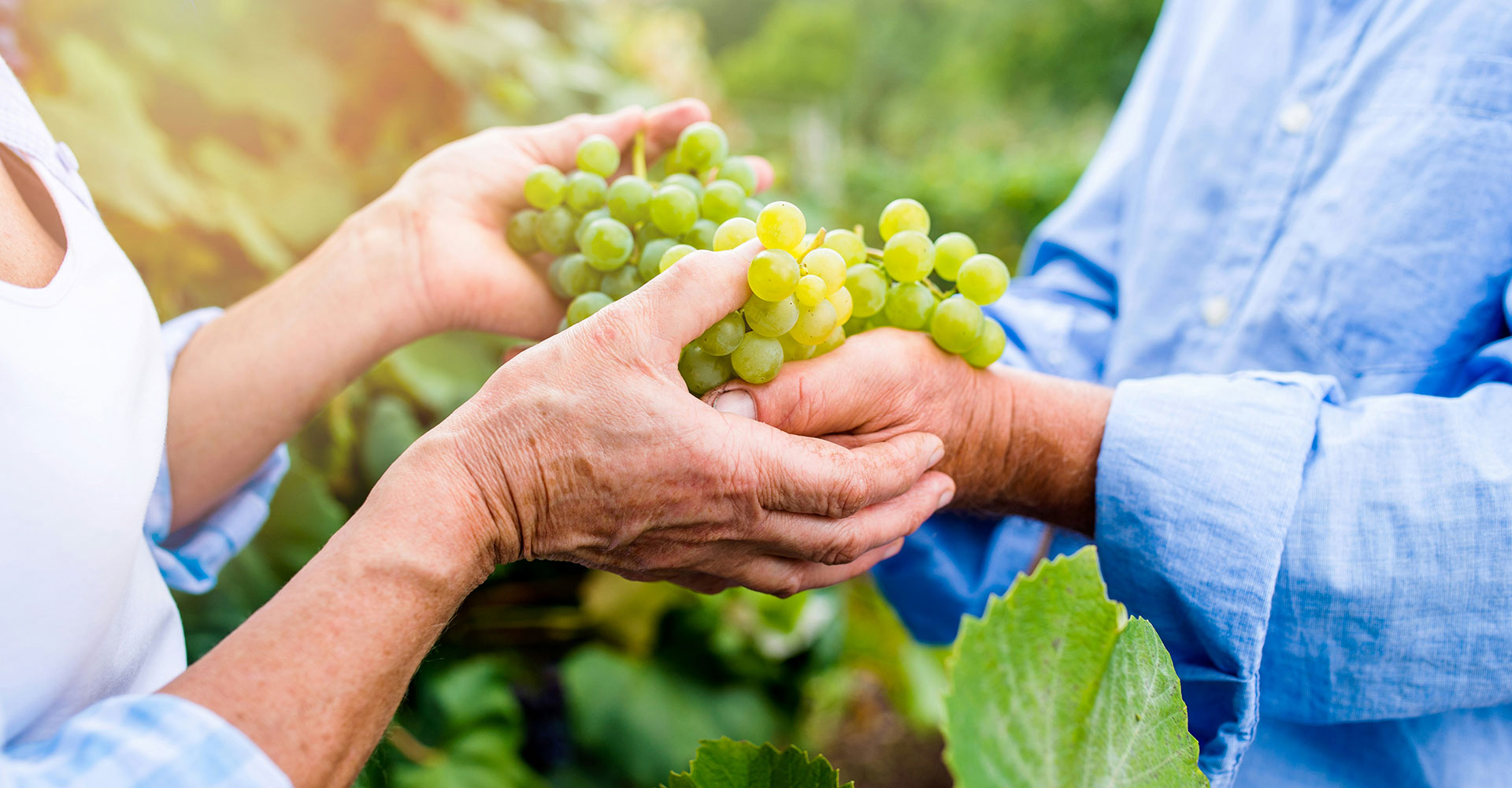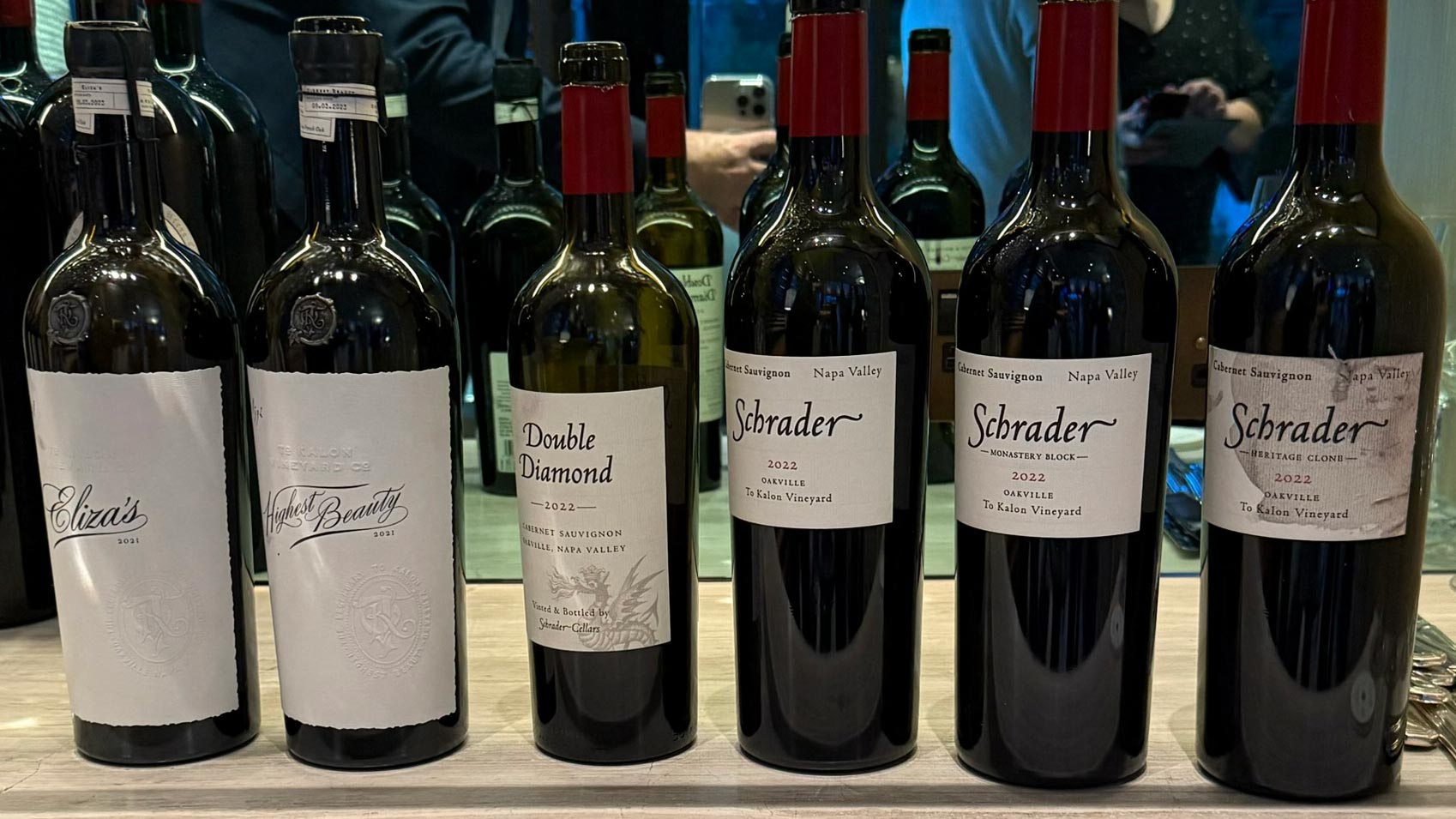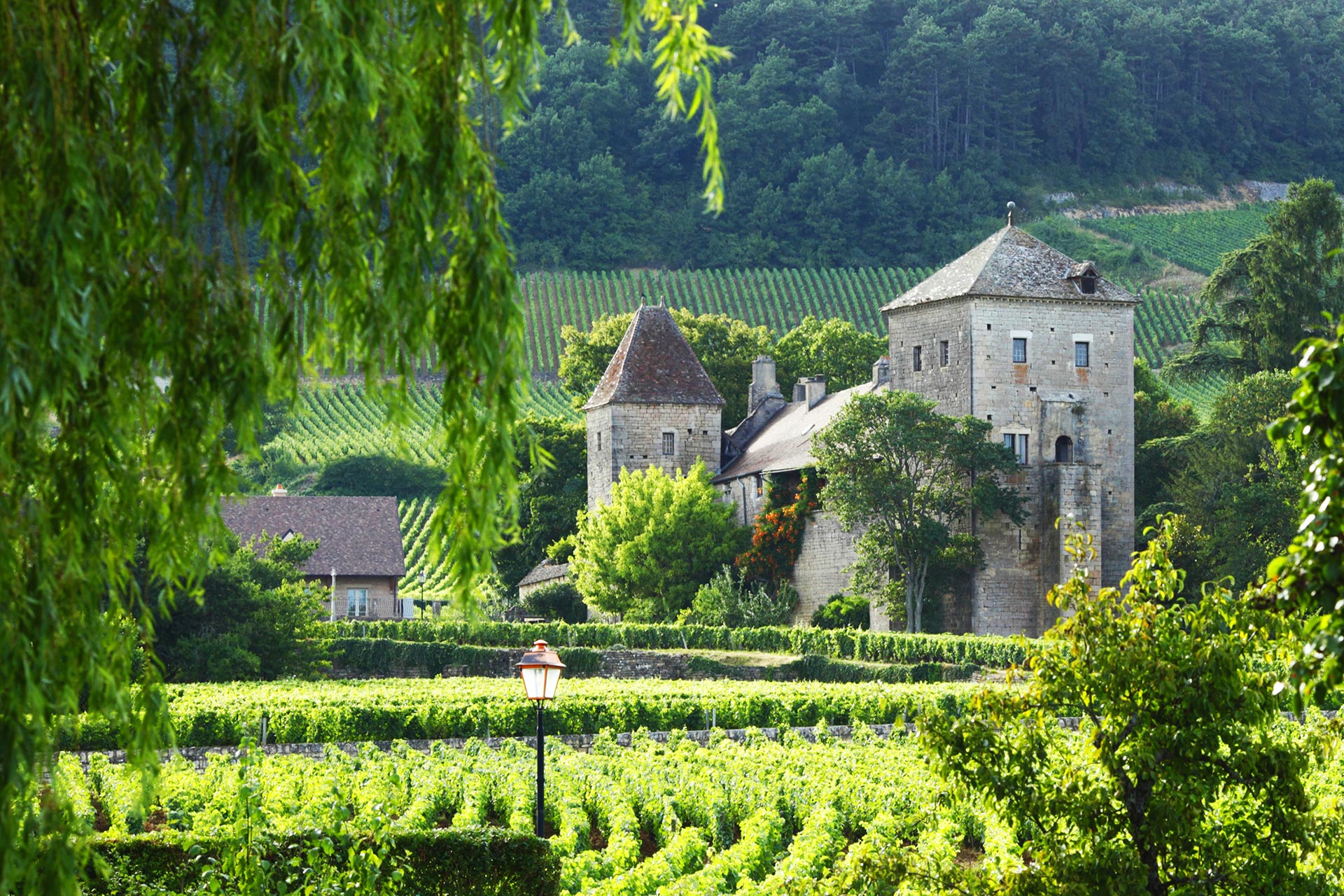Ah, wine. Is there any other product that brings together romance, sophistication, and a splash of occasional regret quite like it? In the UK, we’re known for drinking our fair share (to put it politely). Valued at around £15 billion last year, the British wine market is the fifth-largest in the world. Yet, beneath all those corks popping is a surprising twist: despite overall wine volumes dropping, the appetite for sustainably produced wines has soared. It seems we’ve found a green conscience tucked somewhere between our wallets and wine glasses.
A Tale of Two Markets
Here’s the paradox: the wine market is splitting into two clear camps. On one side, you have everyday, price-driven shoppers hunting for bargains in the bulk wine aisles. On the other, you’ve got the value-driven, eco-conscious drinkers willing to splash out for wines that tick their ethical boxes. Organic wine sales alone are set to double by 2030, showing a staggering compound annual growth rate of over 10%.
This split is down to psychology more than economics. While economic pressures mean many of us are cautious with spending, there’s a growing group happy to pay more, occasionally, for a bottle that’s not just wine, but a statement.
Local Heroes and Ethical Sipping
The UK’s home-grown wine scene is booming, with English and Welsh vineyards tapping directly into our love of all things local and ethical. Sales of domestic wines surged by 10% last year, bucking the overall trend of declining wine volumes. The Sustainable Wines of Great Britain scheme, in particular, is brilliantly weaving sustainability into its narrative, turning climate challenges into compelling stories of resilience and stewardship.
Sustainability Claims: Organic, Natural, and… Confusing?
When faced with a supermarket wine aisle, consumers are making snap judgments based on labels—no one has the patience for a science lecture while choosing their Friday night tipple. ‘Organic’ reigns supreme, shorthand for health, environment, and quality. Lesser-known terms like ‘biodynamic’ and ‘natural’ appeal to niche groups seeking authenticity, even if they’re not entirely clear on what lunar cycles have to do with grapes.
Newer terms like ‘regenerative’ and ‘carbon-neutral’ are entering the fray, but their complexity means they’re best explained via digital channels or savvy sommeliers rather than on a busy supermarket shelf.
Trust Issues and Greenwashing
Trust is key, and UK consumers have good reason to be skeptical. Vague claims like “eco-friendly” are about as reassuring as “probably won’t give you a hangover.” Recognisable third-party certifications (think Soil Association or B Corp) are critical, providing instant credibility and allowing consumers to offload their due diligence onto trusted institutions.
Paying the Price: Bridging the Intention Gap
Everyone claims they’ll pay more for sustainable wine, but faced with an actual price tag, many bottle it (pun intended). The trick for marketers? Make the extra cost feel like value, not a penalty. Whether it’s superior taste, health benefits, or ethical satisfaction, consumers must believe they’re not just spending more, but getting more.
The Generational Divide
Millennials and Gen Z are leading the charge, turning every wine choice into a social statement or Insta-worthy moment. Older generations, less concerned with novelty, stick to trusted favourites and established brands. A savvy marketer knows exactly how to talk to each.
Telling the Right Story
Ultimately, the secret sauce is storytelling. Sustainability narratives must be emotionally compelling—whether it’s biodiversity, community support, or heritage stewardship—to resonate and truly engage.
So next time you’re staring blankly at a row of wines, remember: picking a sustainable bottle doesn’t have to mean sacrificing pleasure or your pension.



